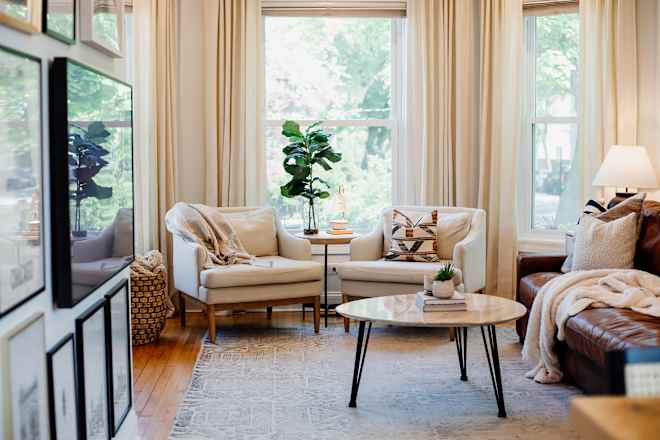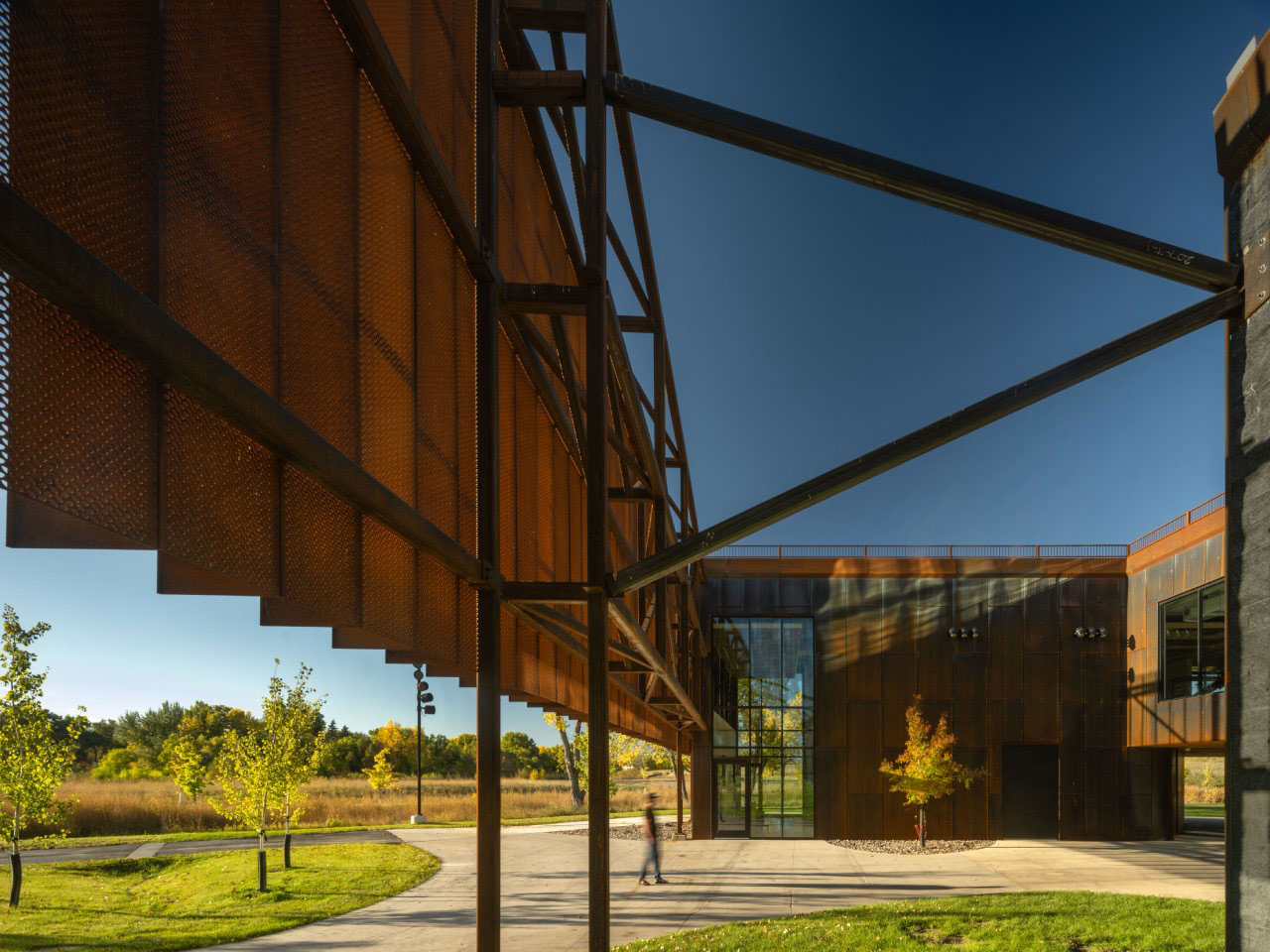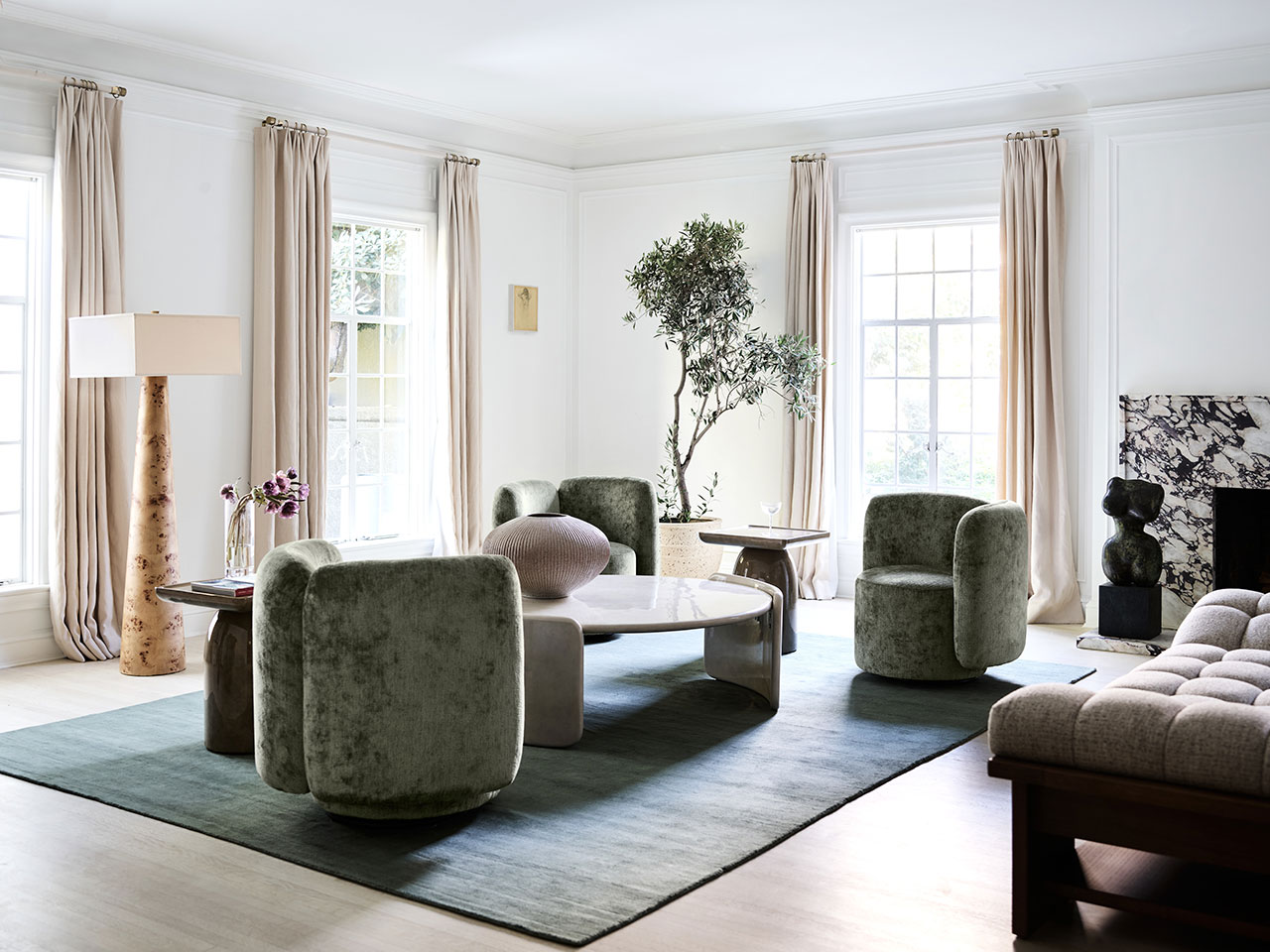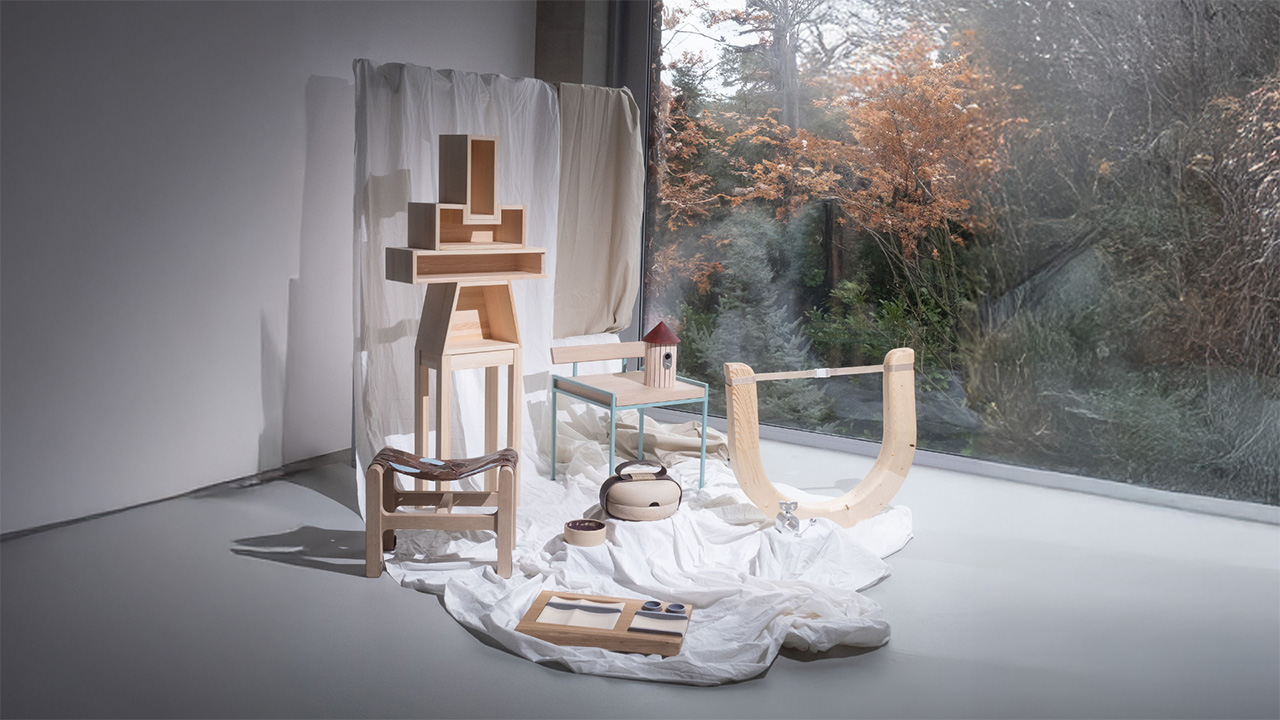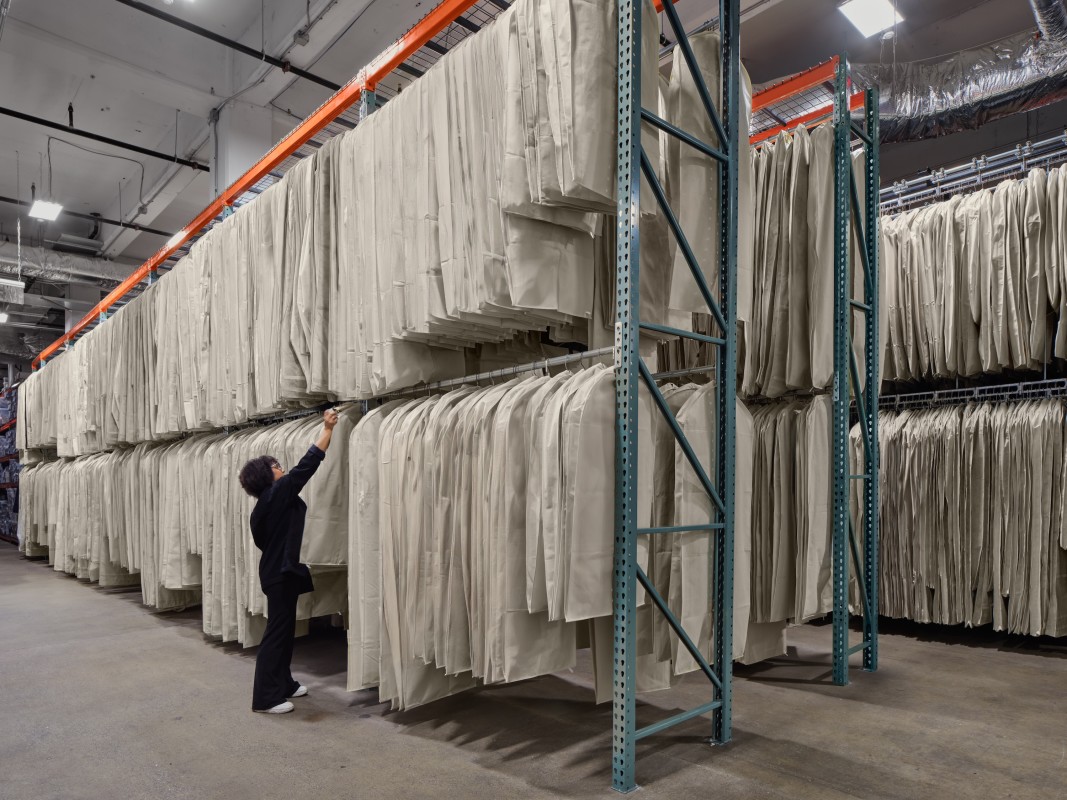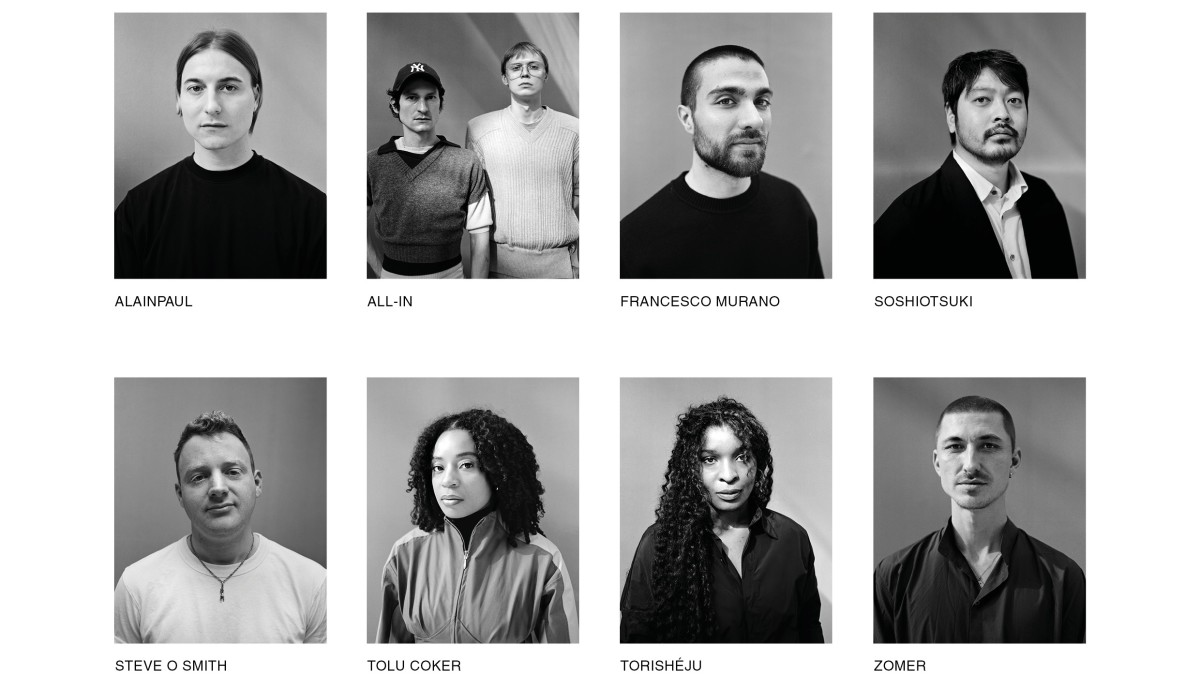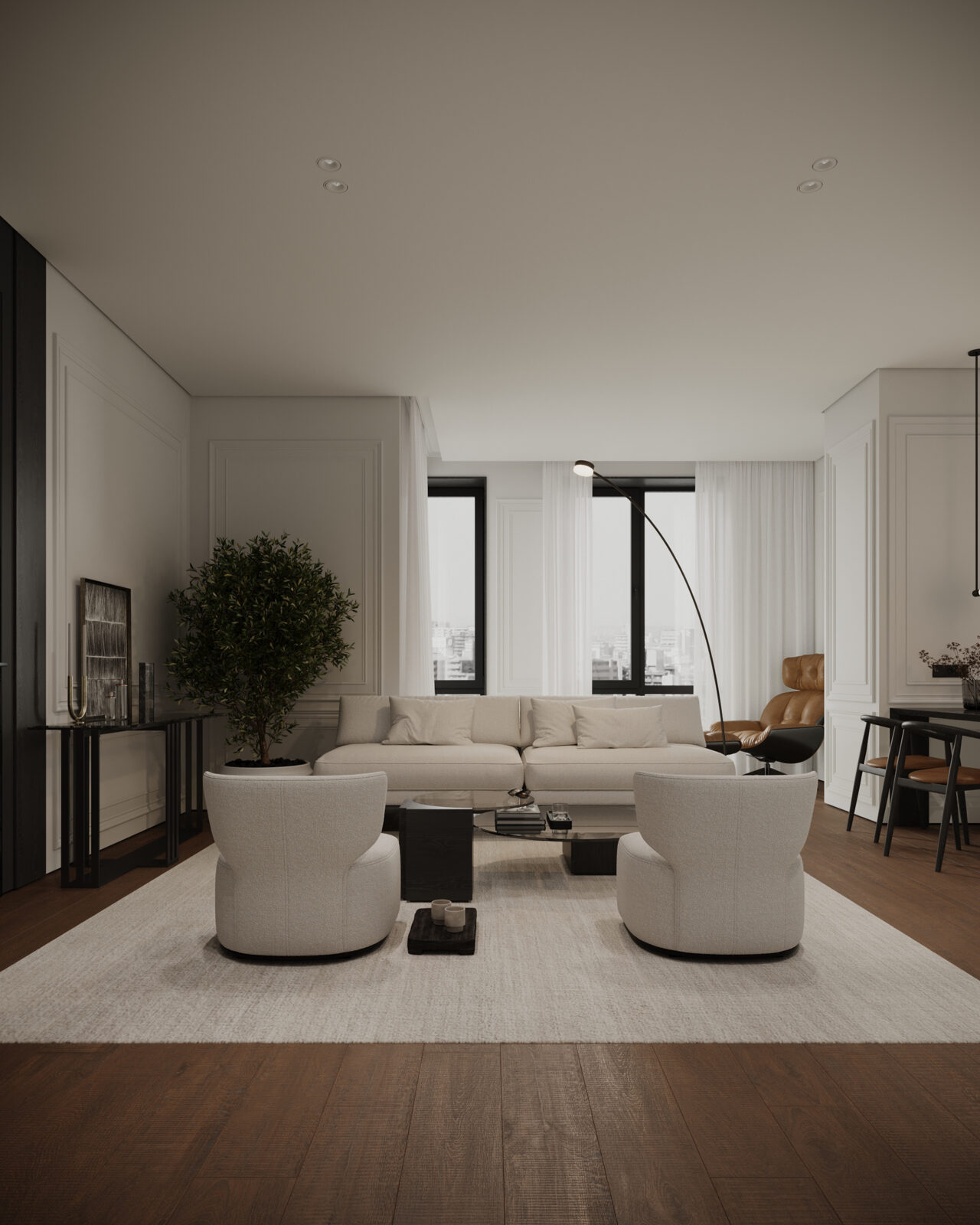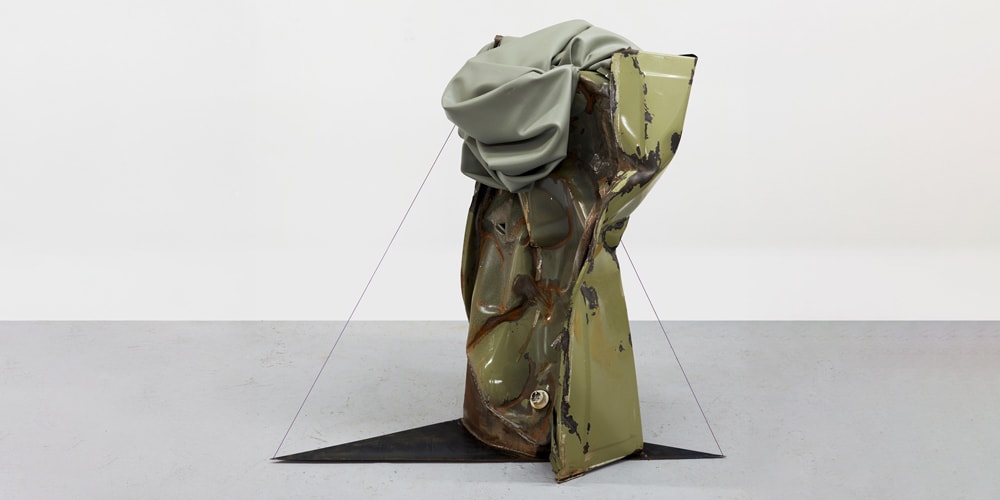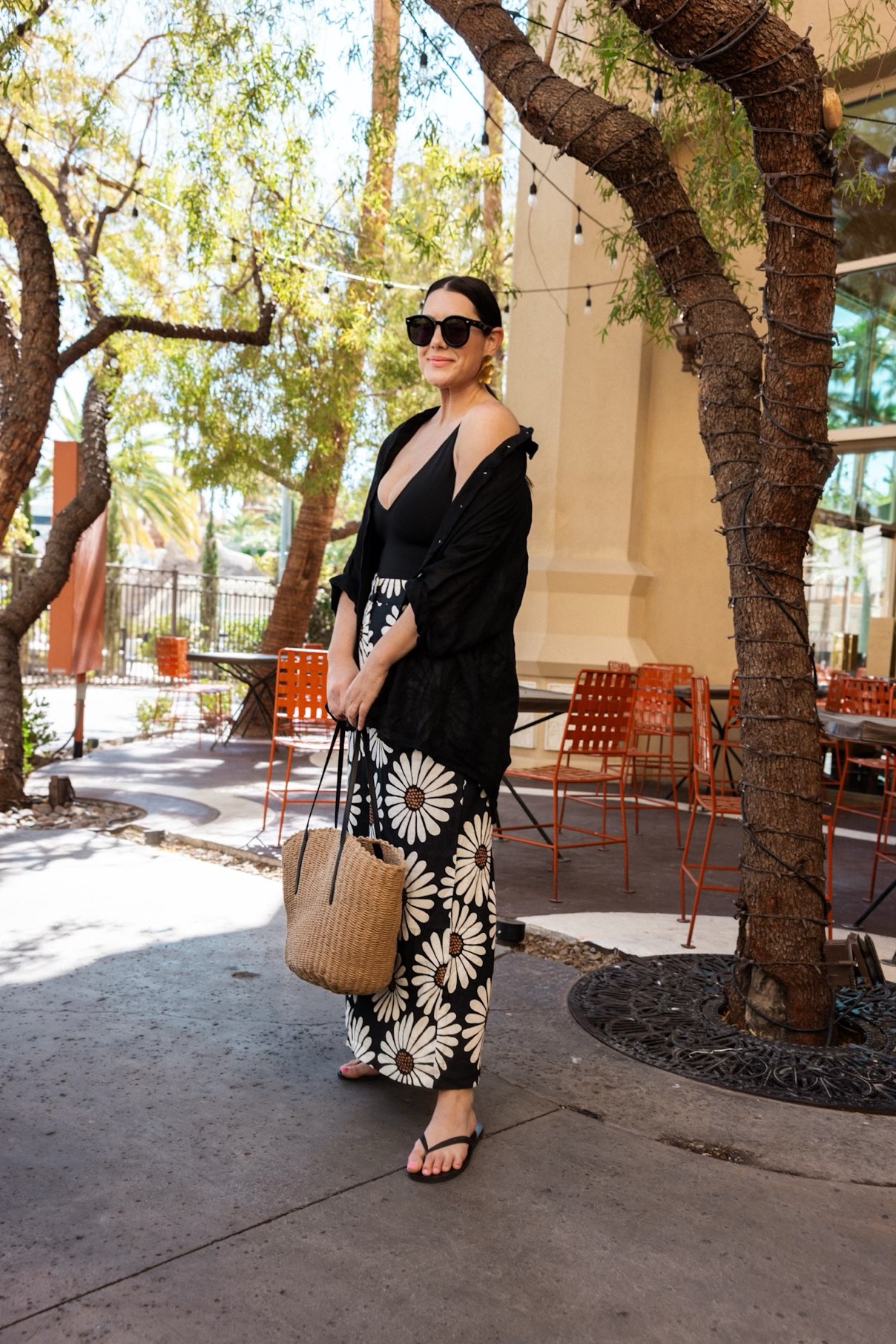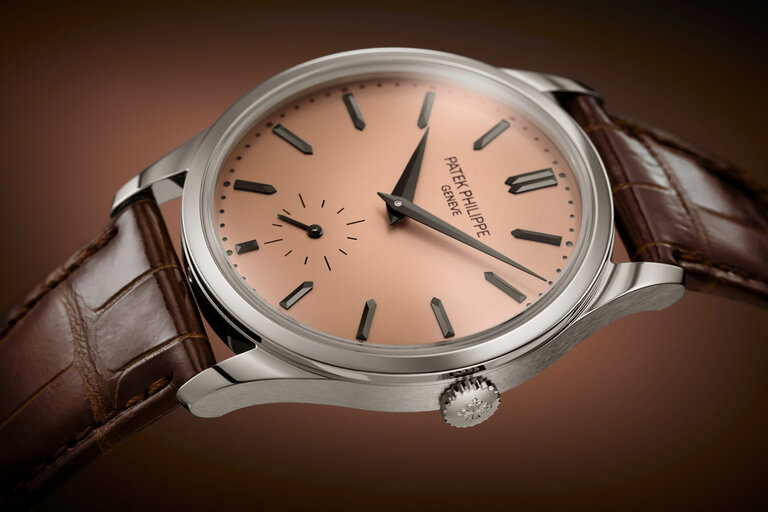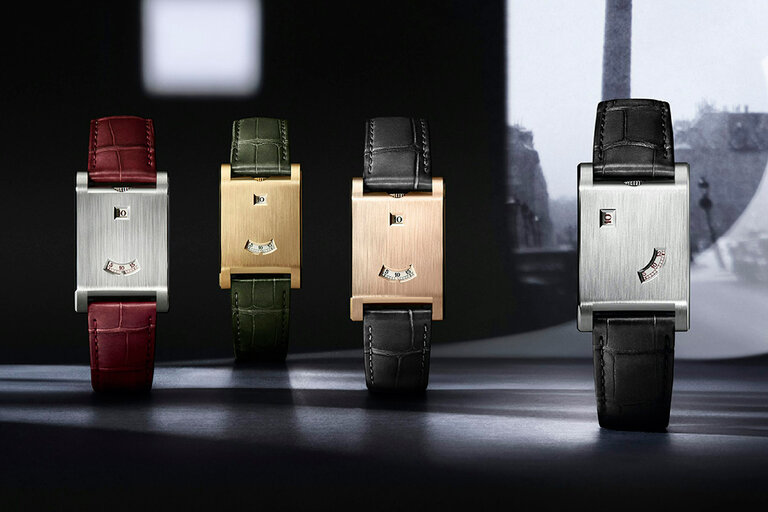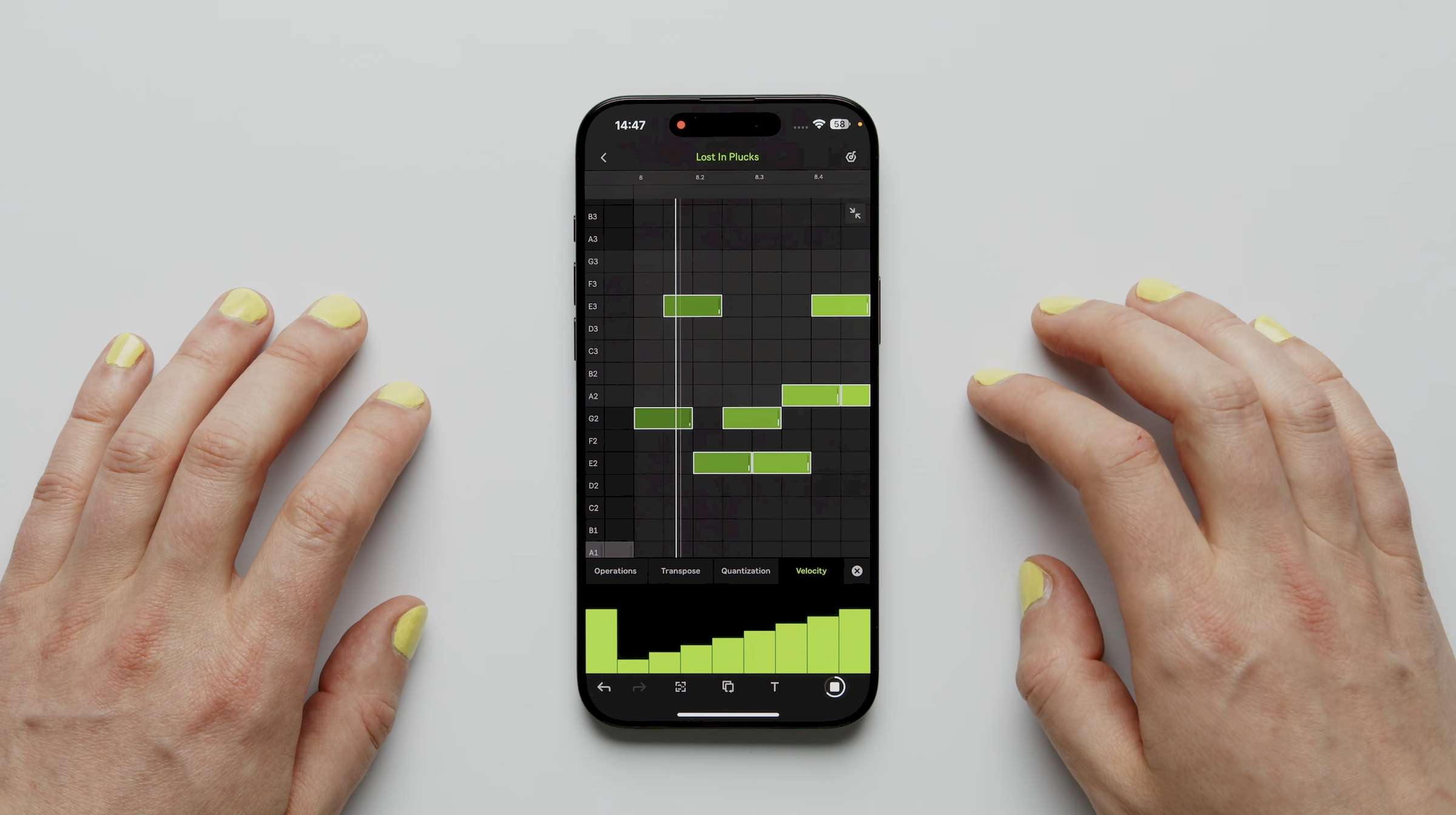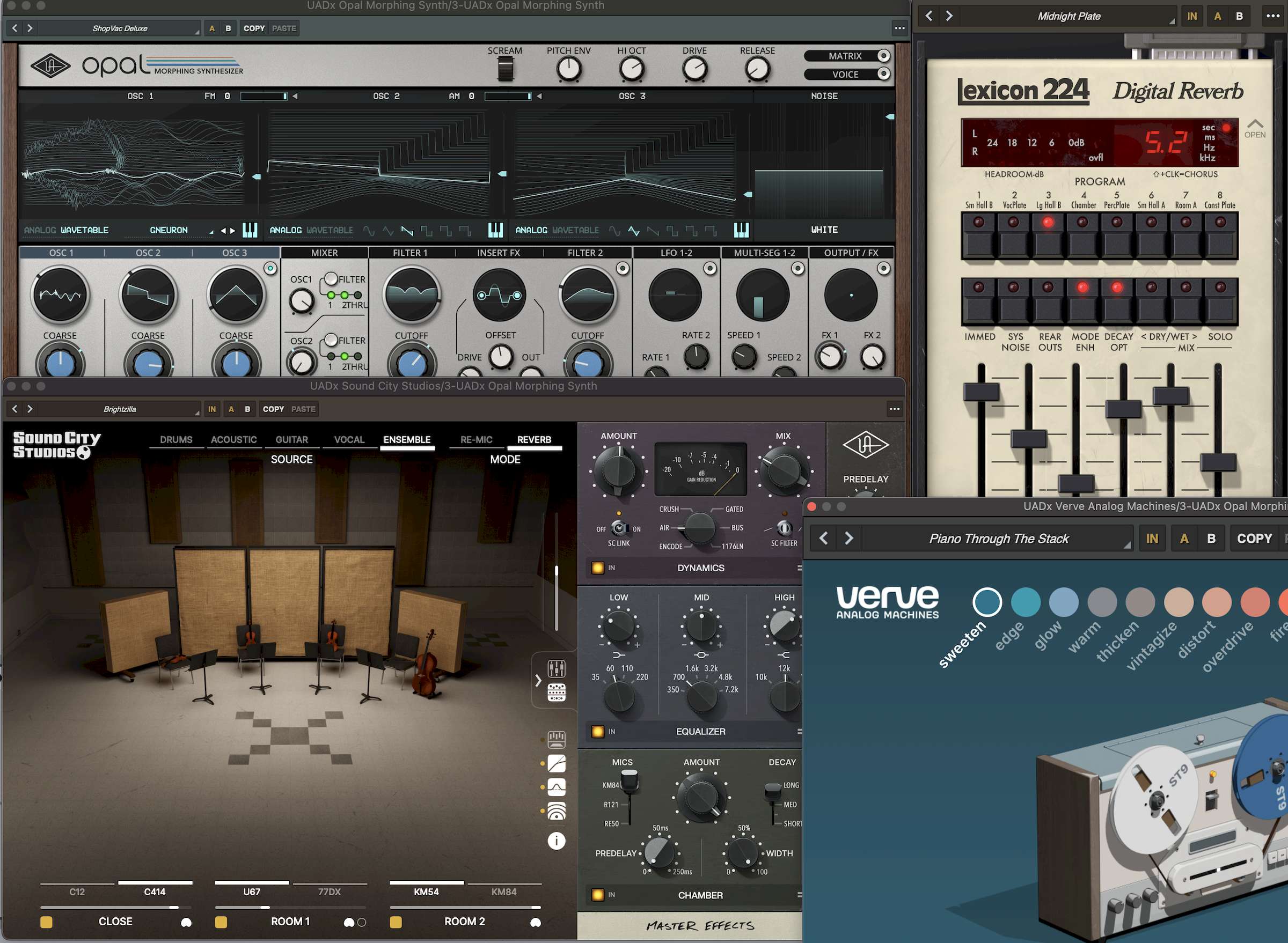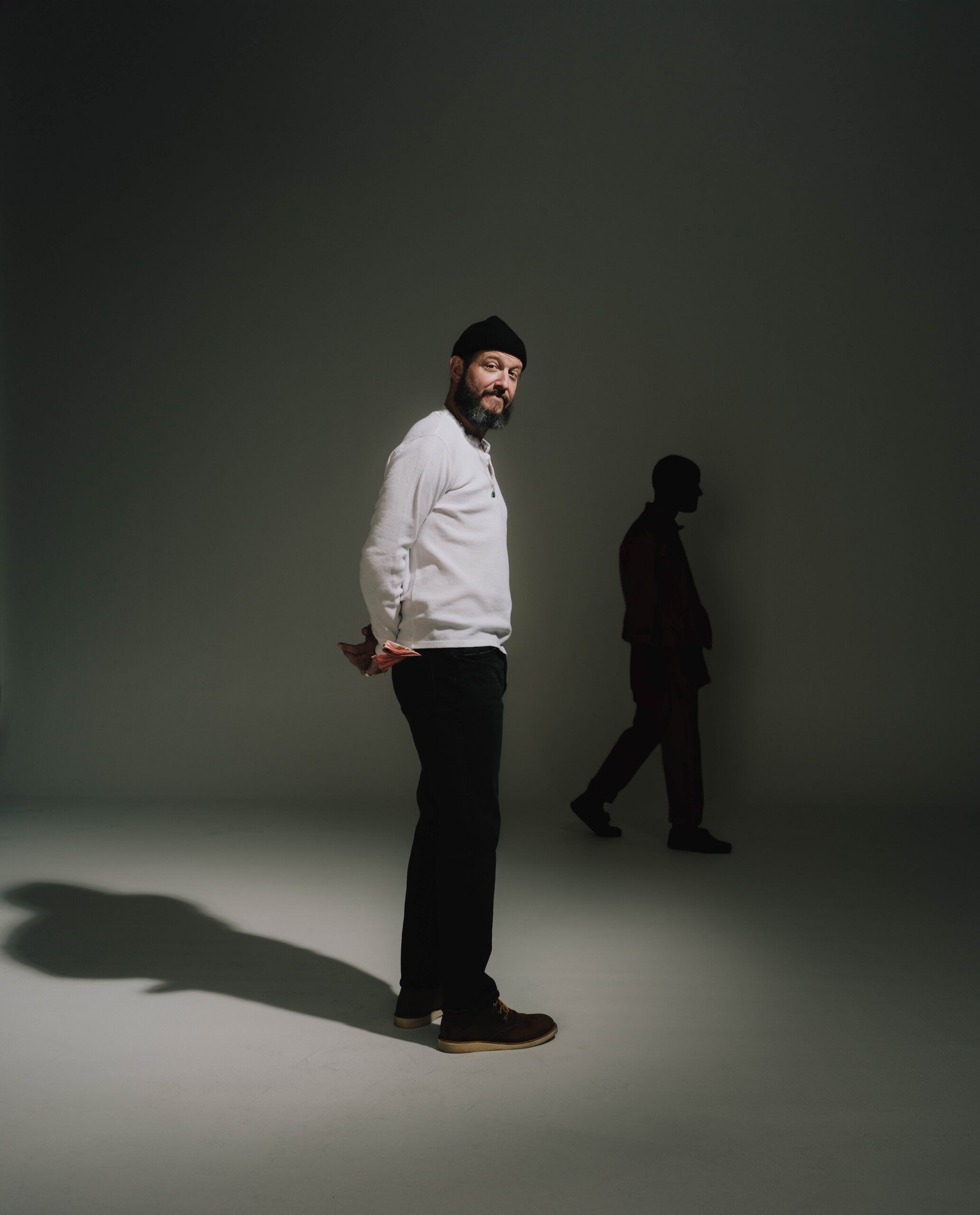Ten skyscrapers that buck the all-glass trend
Following our feature investigating why skyscrapers are often clad in glass, we've rounded up 10 contemporary skyscrapers from around the world that use a variety of other materials for their facades. Glass skyscrapers are incredibly common and still represent most of the tall building designs we see today. In his article for Dezeen, writer Jon The post Ten skyscrapers that buck the all-glass trend appeared first on Dezeen.


Following our feature investigating why skyscrapers are often clad in glass, we've rounded up 10 contemporary skyscrapers from around the world that use a variety of other materials for their facades.
Glass skyscrapers are incredibly common and still represent most of the tall building designs we see today.
In his article for Dezeen, writer Jon Astbury chalked up the continued use of glass to the ease of installation, as well as the material's sleekness and the access to light and views.
However, glass skyscrapers have been criticized for their ubiquity, danger to wildlife and poor insulation, even with high-quality glass.
Built in the last 10 years, the skyscrapers in this roundup are refreshing deviations from mainstream skyscraper design. Though all do have windows, their facades are broken up by materials such as metal or cement.
Most of these structures are residential. Dividing skyscrapers into more individual units allows for more opportunities to play with light sources, as opposed to the wide, sometimes floor-spanning divisions of office towers.
Of course, none of the skyscrapers eschew windows completely, but other materials are allowed to take up much of the facade.
Read on for 10 skyscrapers whose designers opted to forgo the all-glass option:
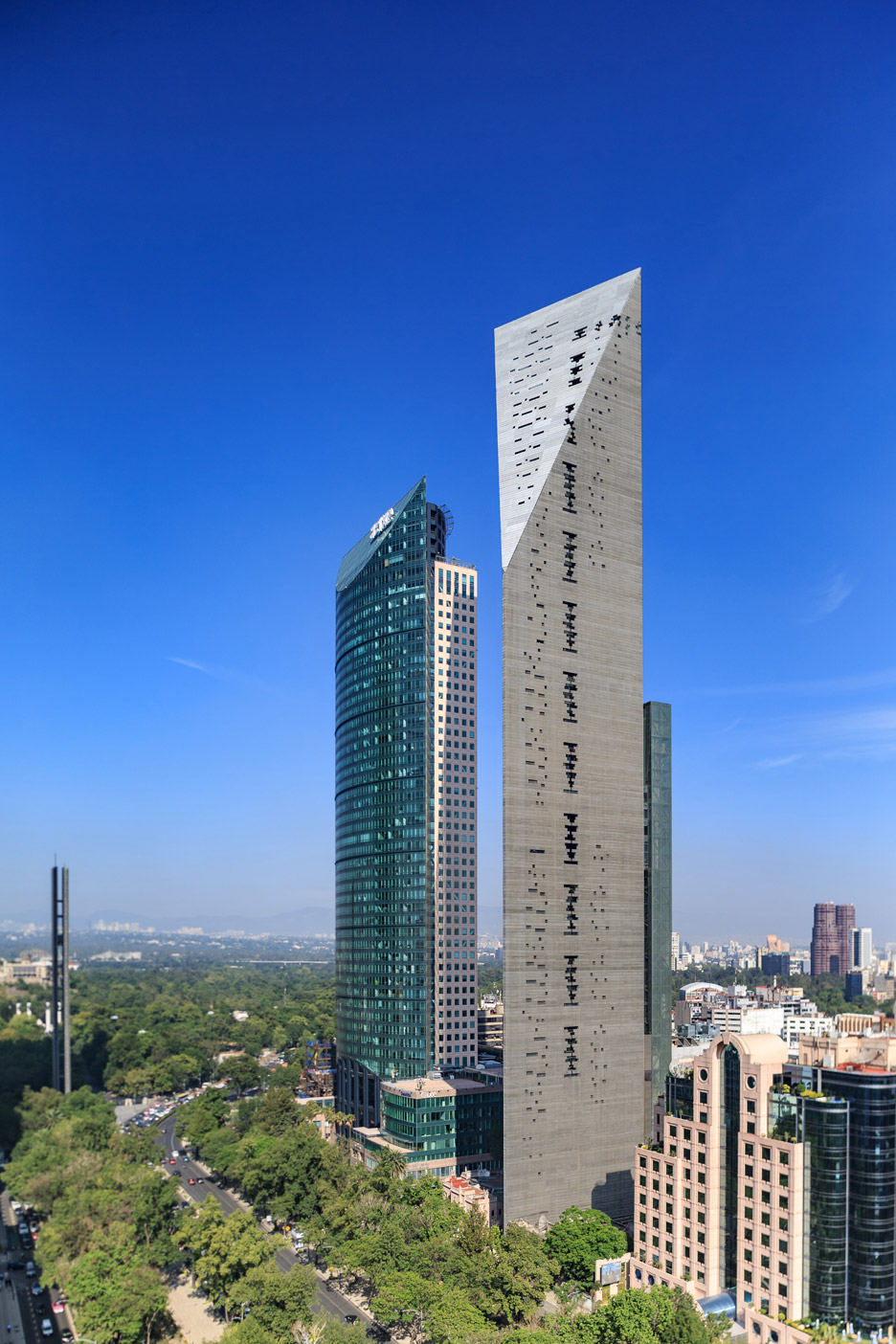
Torre Reforma, by LBR&A Arquitectos, Mexico
Once the tallest skyscraper in Mexico City, the 57-storey Torre Reforma stands out in the metropolis's skyline with its distinctive prismatic shape.
The skyscraper is covered with glass sections banded with steel beams on one side. But on the other side, it is clad almost completely in concrete, a reference to pre-Hispanic architectural forms, with only a few windows punched along its sides.
Find out more about Torre Reforma ›

Eden, by Heatherwick Studio, Singapore
British studio Heatherwick designed this skyscraper explicitly as a "counterpoint to the ubiquitous glass and steel towers" of contemporary cities.
It features expanses of earth-toned structural concrete punctuated by thin windows. These concrete elements form a sort of shell, within which the studio placed arrays of planters with live vegetation.

One Thousand Museum, by Zaha Hadid Architects, USA
In Miami, tall buildings often have more texture on their facade to create the balconies that increase real estate value and offer residents outdoor areas to enjoy the warm weather.
Here, UK studio Zaha Hadid Architects referenced the Miami balcony-style high-rise, while creating visual interest on the facade with sculptural bands of white-coloured reinforced concrete.
Find out more about One Thousand Museum ›
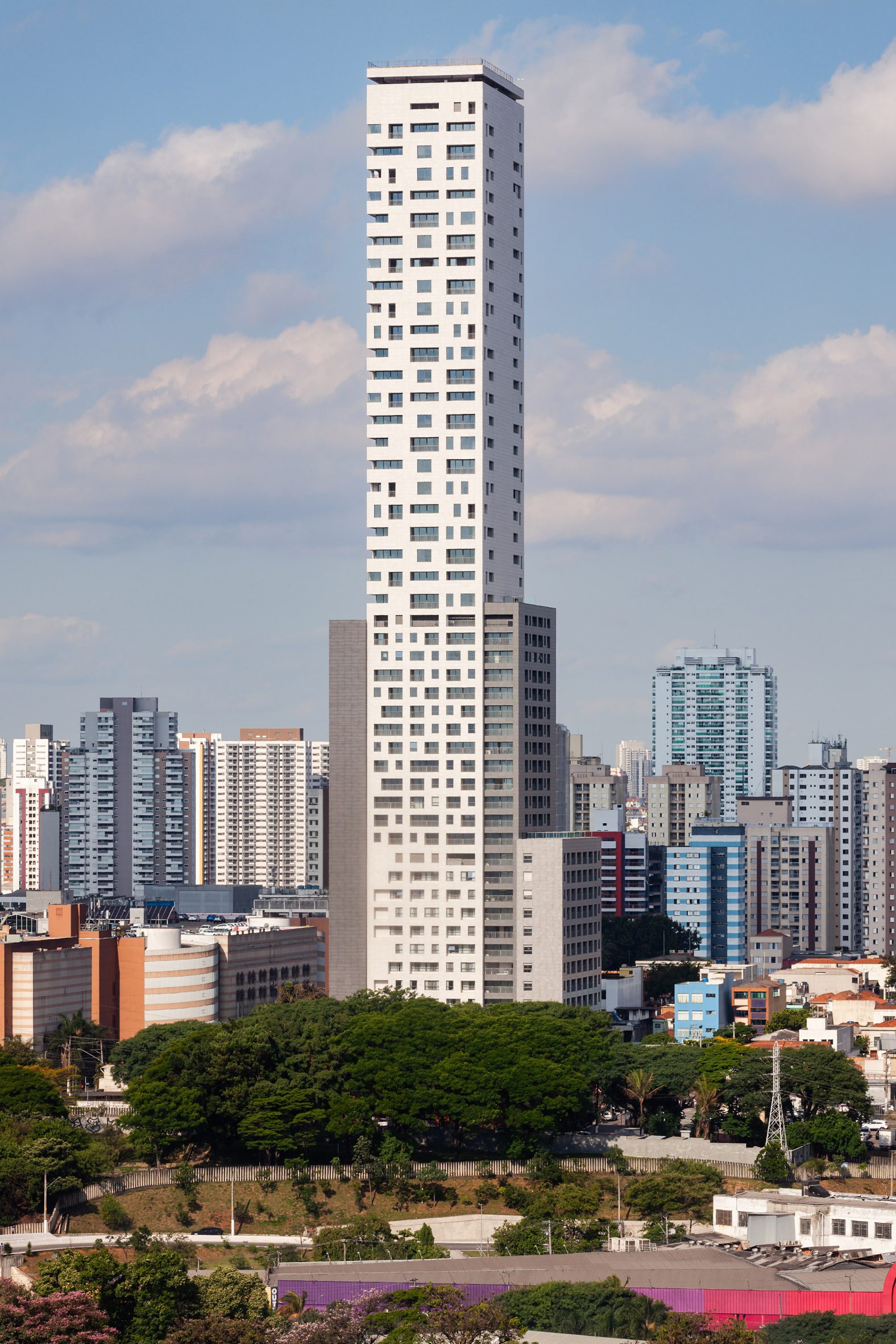
Platina 220, by Königsberger Vannucchi Arquitetos Associados, Brazil
This 46-storey skyscraper is the tallest in São Paulo and is made up of four volumes, whose distinction is made clear by the different tones in the facades.
The studio used porcelain on the main volume to give it a "monolithic" effect on the skyline, and its facade is punctuated by asymmetrical window patterning.
Find out more about Platina 220 ›

130 William, by Adjaye Associates, USA
Situated in Manhattan's Financial District, this residential tower features a facade of black concrete panels that have been hand-trowelled to give them the appearance of volcanic stone.
The apertures are arched and the uppermost floors have patios that resemble Roman loggias.
Find out more about 130 William ›
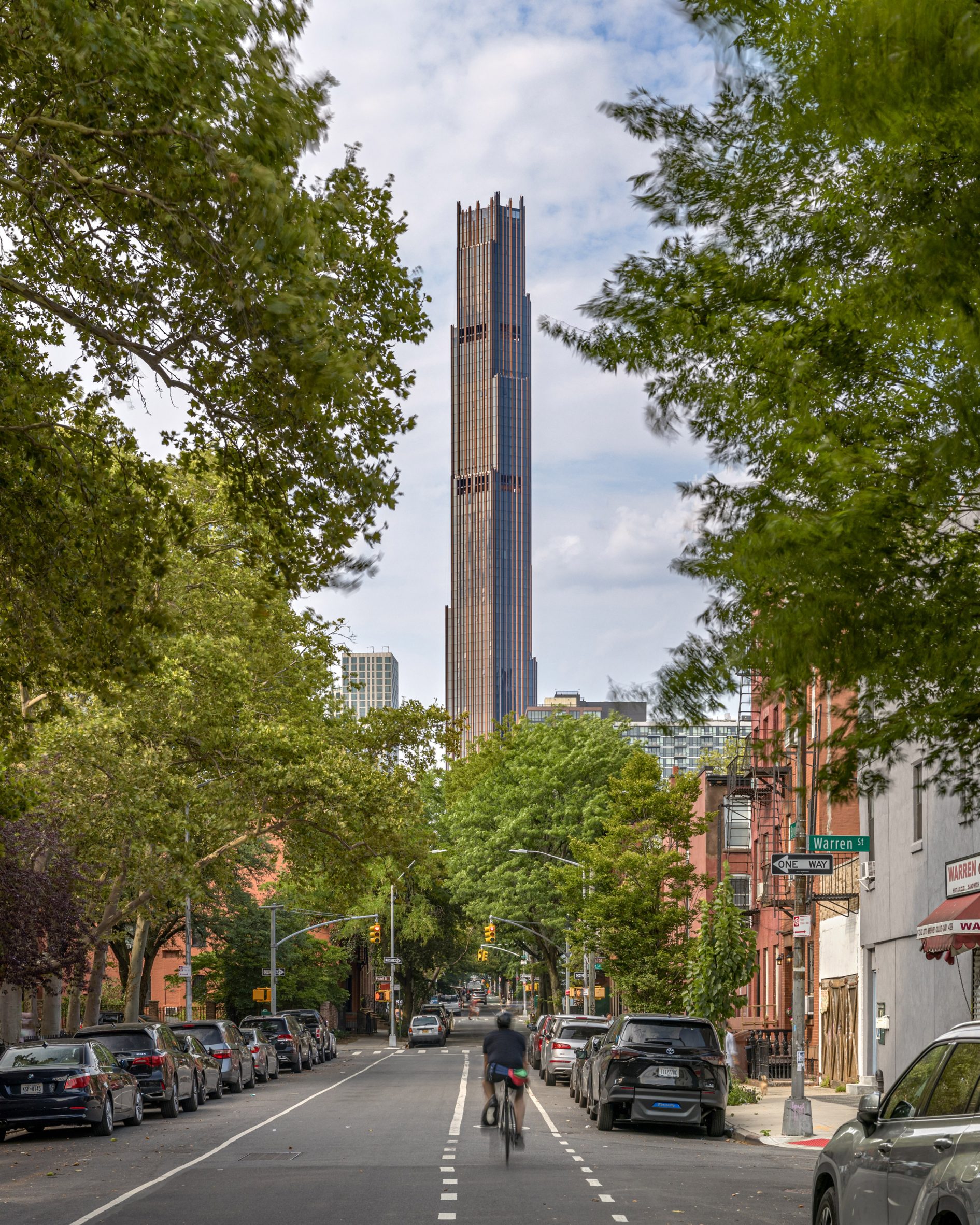
The Brooklyn Tower, by SHoP Architects, USA
The first supertall skyscraper in Brooklyn, this tower has a distinct neo-Gothic form and a dark facade that makes it unique among the borough's skyscrapers.
Blackened stainless panels and bronze and copper pilasters minimize the appearance of the windows and emphasize the skyscraper's form.
Find out more about the Brooklyn Tower ›

Pan Orchard, by WOHA, Singapore
This relatively small skyscraper in Singapore has been described as a "garden hotel" with massive cutouts that form four large outdoor areas.
Here, brown panelling meets the large terraces, which have plant-covered columns and mirrored ceilings to increase the sensation of being both outdoors and within a structure.
Find out more about Pan Orchard ›

EZ Parque, by UN Studio, Brazil
These twin residential towers in São Paulo feature large expanses of concrete that give them a futuristic appearance.
They were conceived as a series of interlocking forms, with a plan akin to a "windmill" to increase natural light and ventilation without overusing windows.
Find out more about EZ Parque ›
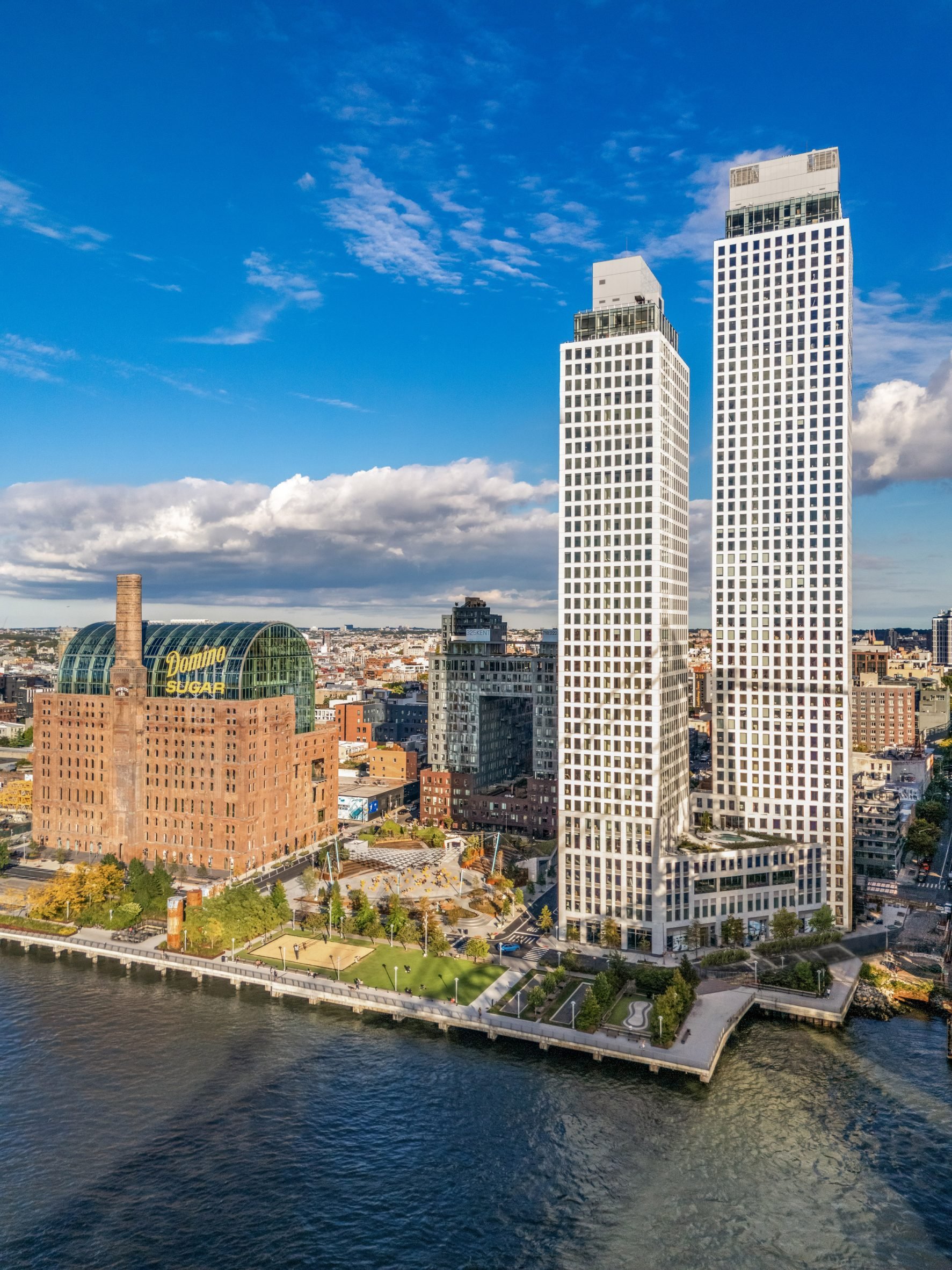
One Domino Square, by Selldorf Architects, USA
These twin residential towers on the Brooklyn waterfront are one of the final elements of the Domino Sugar Refinery development.
US studio Selldorf Architects eschewed glass for the design, instead using an iridescent porcelain that shimmers in different ways depending on the time of day.
Find out more about One Domino Square ›

The Butterfly, by Revery Architects, Canada
This Vancouver skyscraper is connected to a church complex at its base, and some of the formal elements were chosen to reflect this historic architecture.
The cylindrical forms of the skyscraper are partly clad with glass, but the visual identity is dominated by the white pre-fabricated concrete panels that protect the balconies.
Find out more about The Butterfly ›
The post Ten skyscrapers that buck the all-glass trend appeared first on Dezeen.






![“Tokyo Ghoul” and Ken Kaneki Now Available in ‘Dead by Daylight’ [Trailer]](https://bloody-disgusting.com/wp-content/uploads/2025/04/dbdtokyo.jpg)





















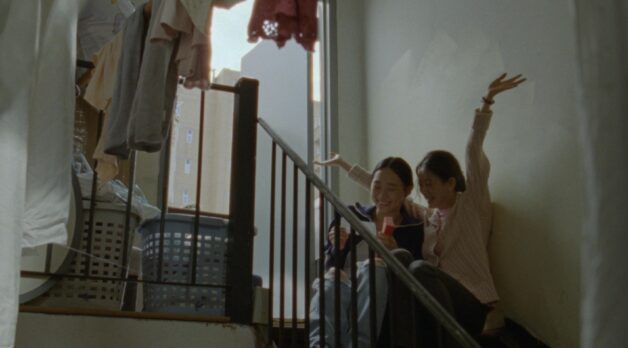


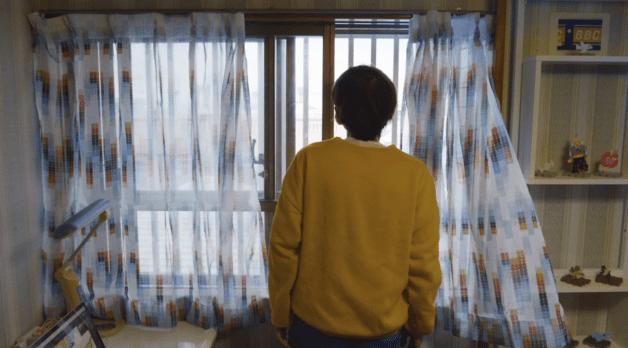


















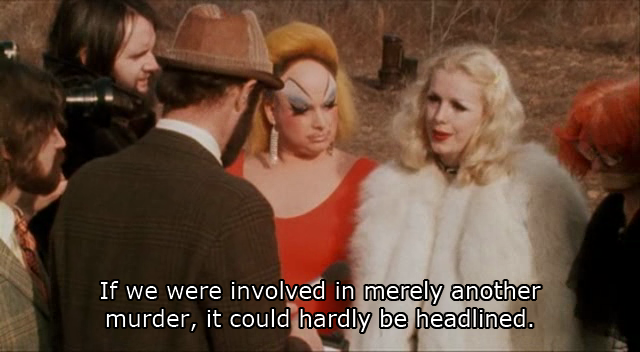
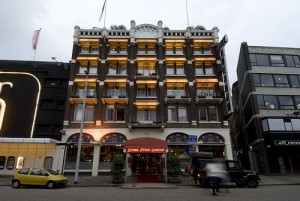
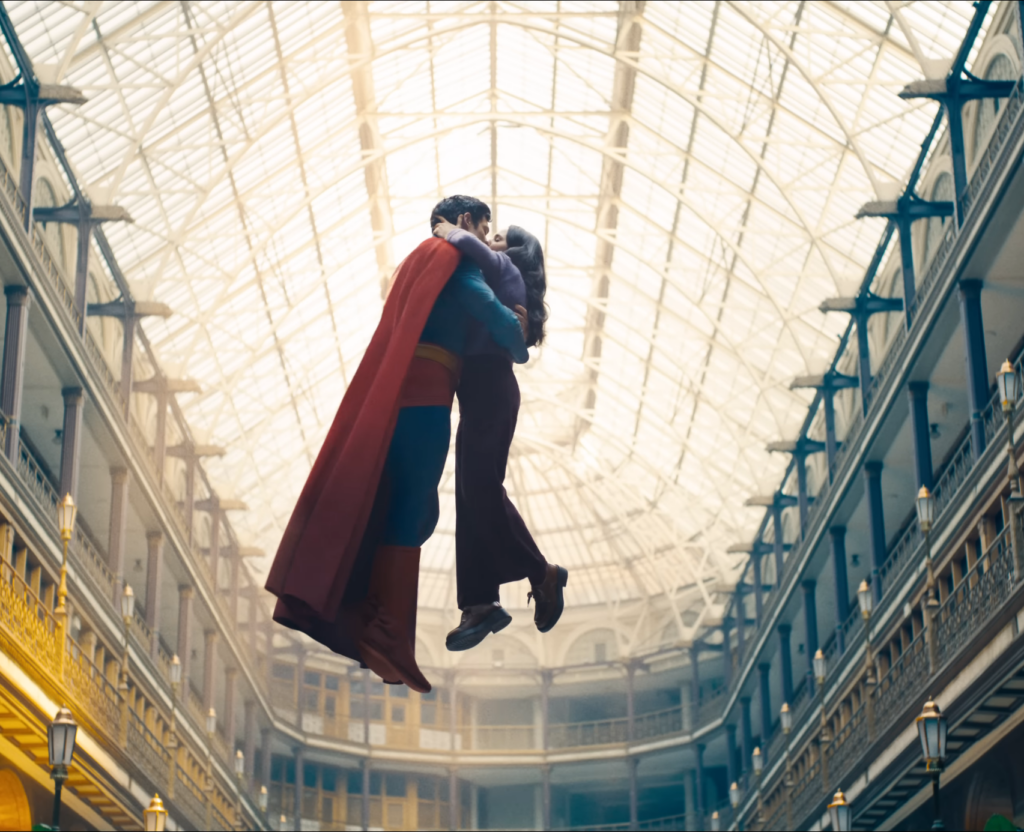





















































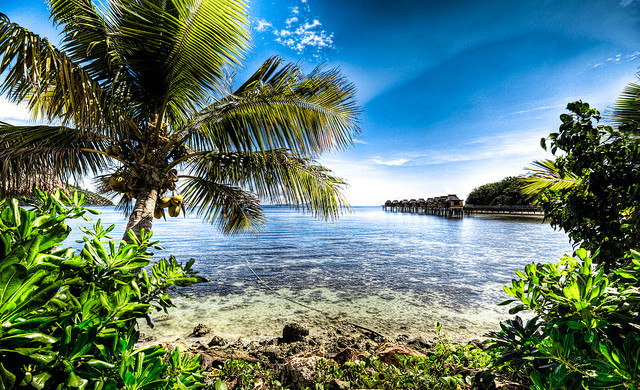

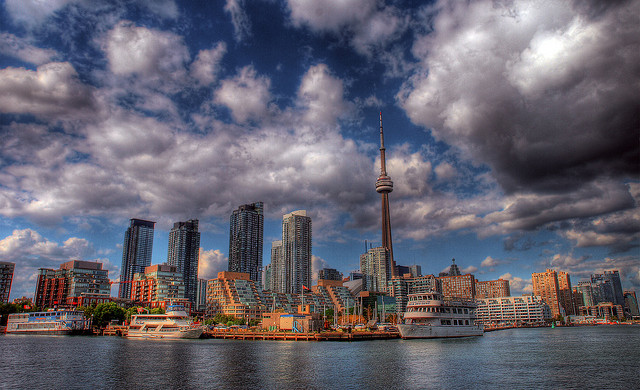









![Extended: Buy Marriott Bonvoy Points with a 45% Bonus [0.86¢ or ₹0.74/Point]](https://boardingarea.com/wp-content/uploads/2025/04/46523d48a9dbea5cac3a9961201c257d.jpg?#)

![Miles & More Mileage Bargains Promo Awards [Apr’25]](https://boardingarea.com/wp-content/uploads/2025/04/335d951d4569e7d51813bc1c8be3a5d1.jpg?#)






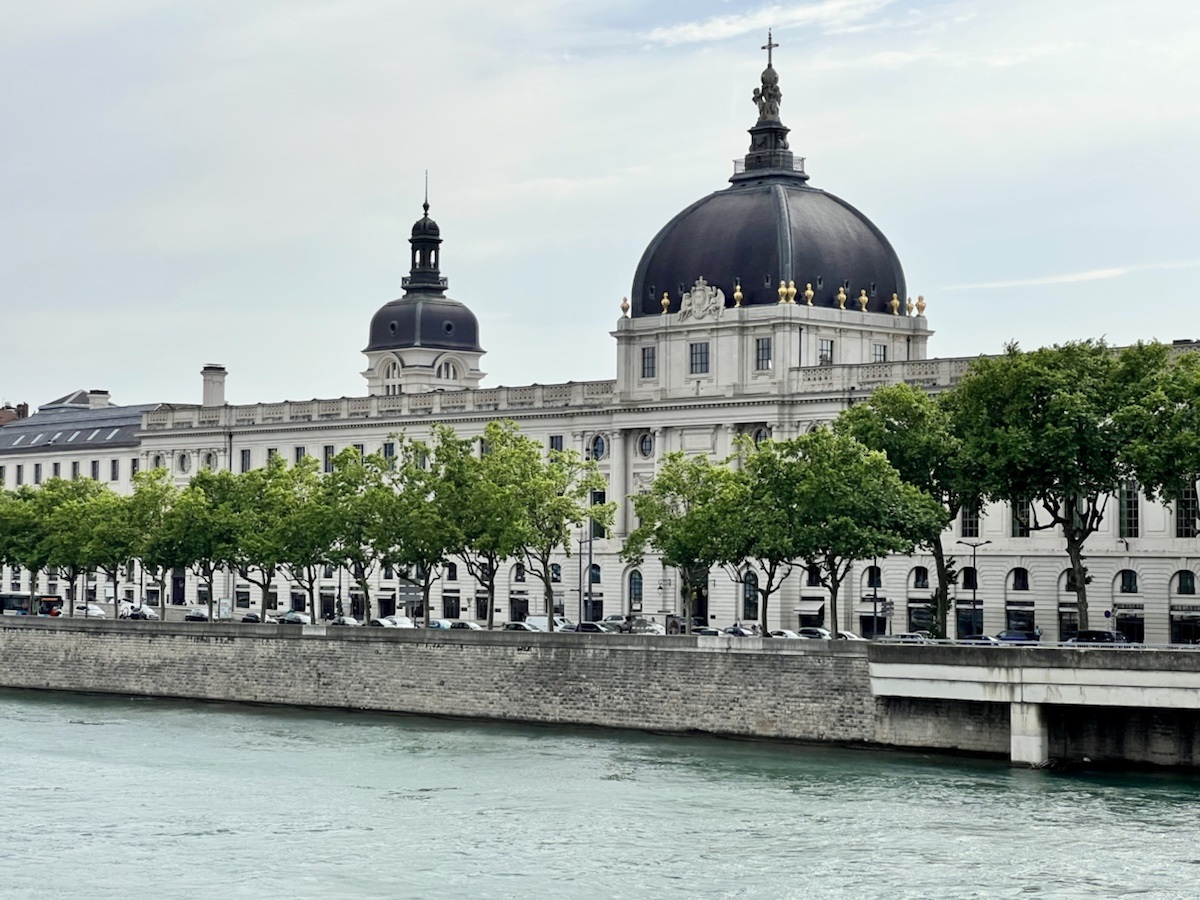






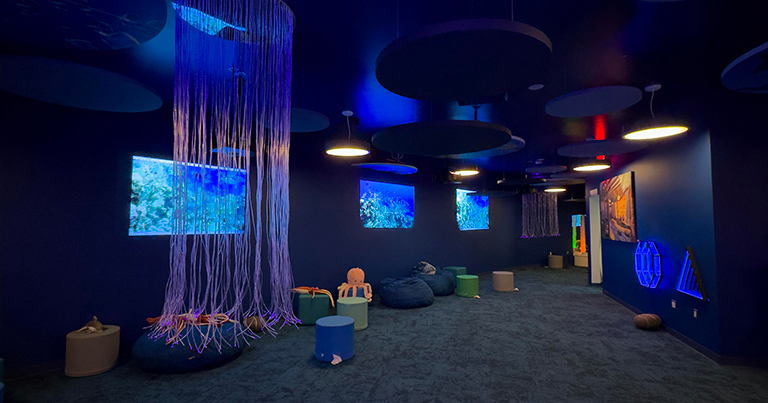



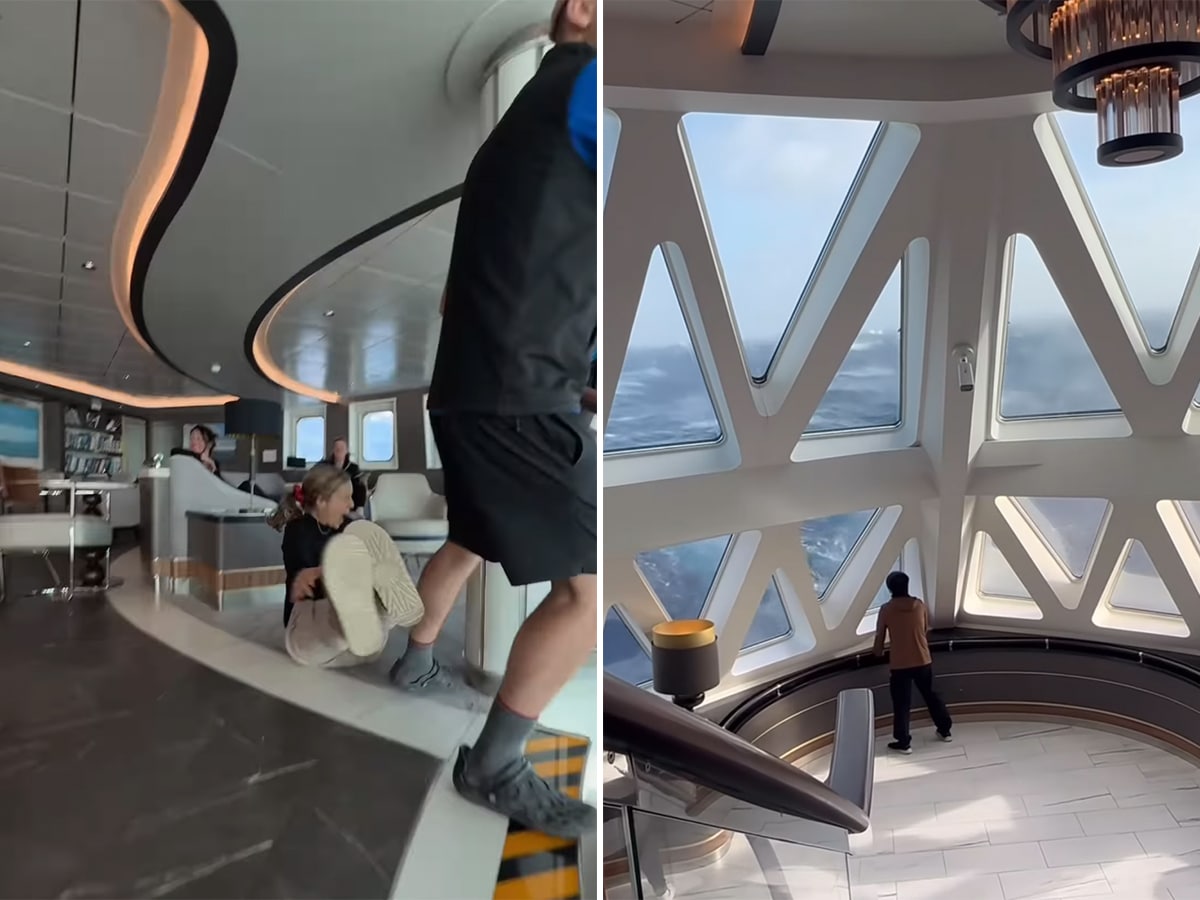






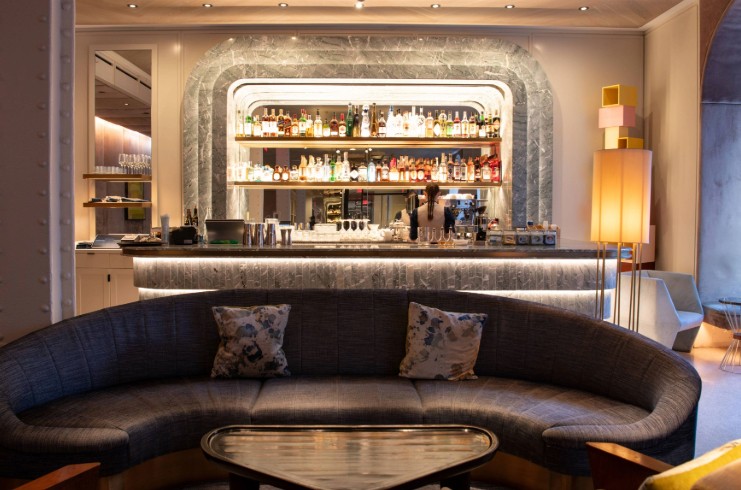
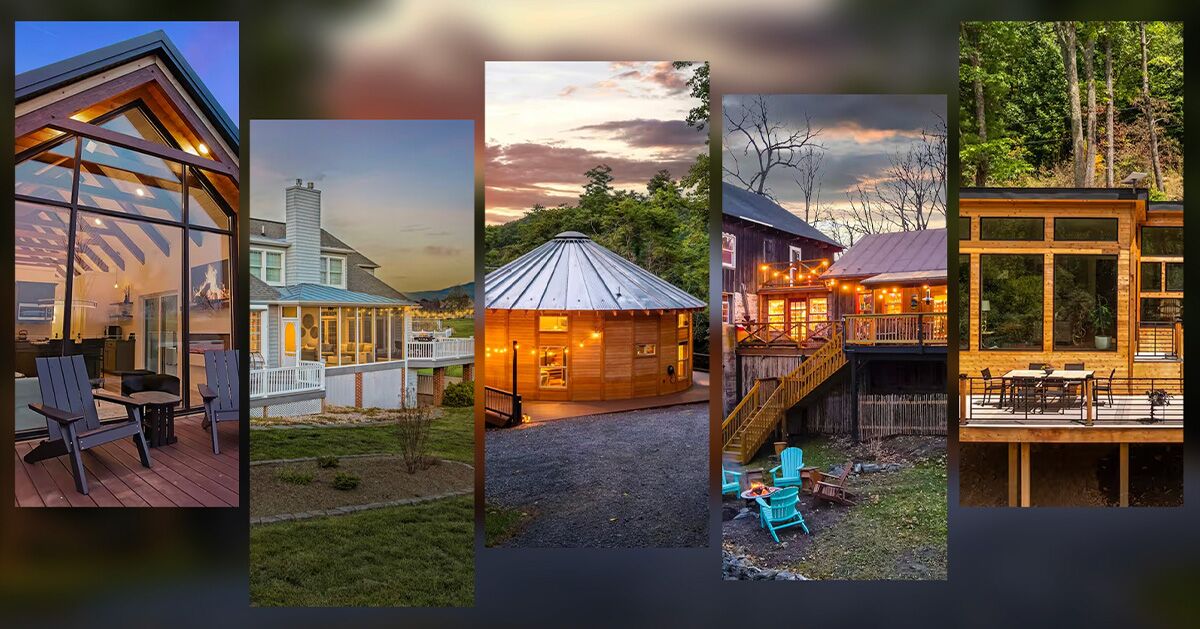
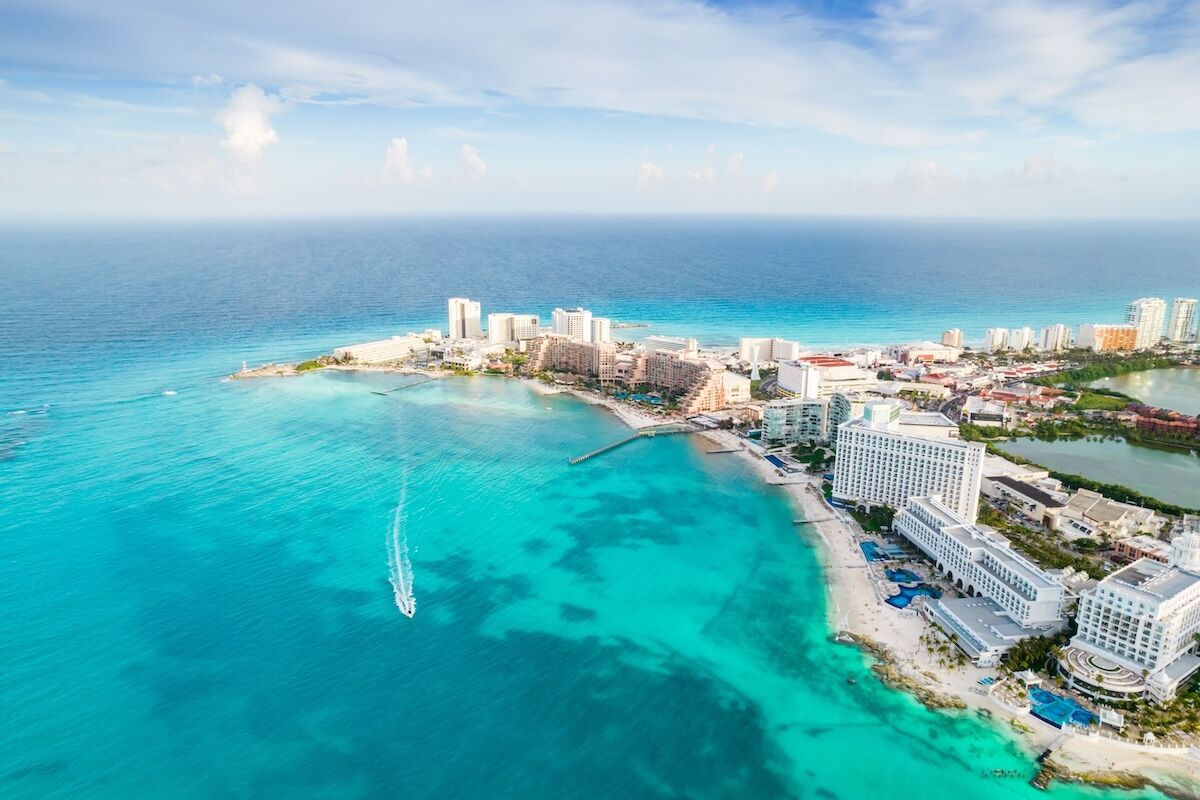






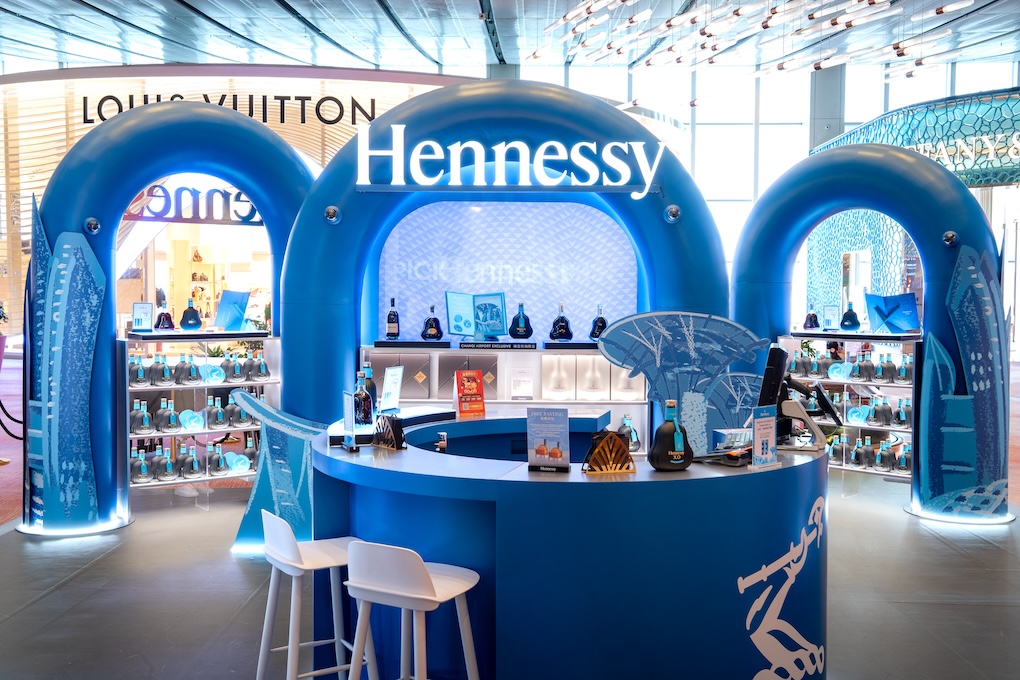
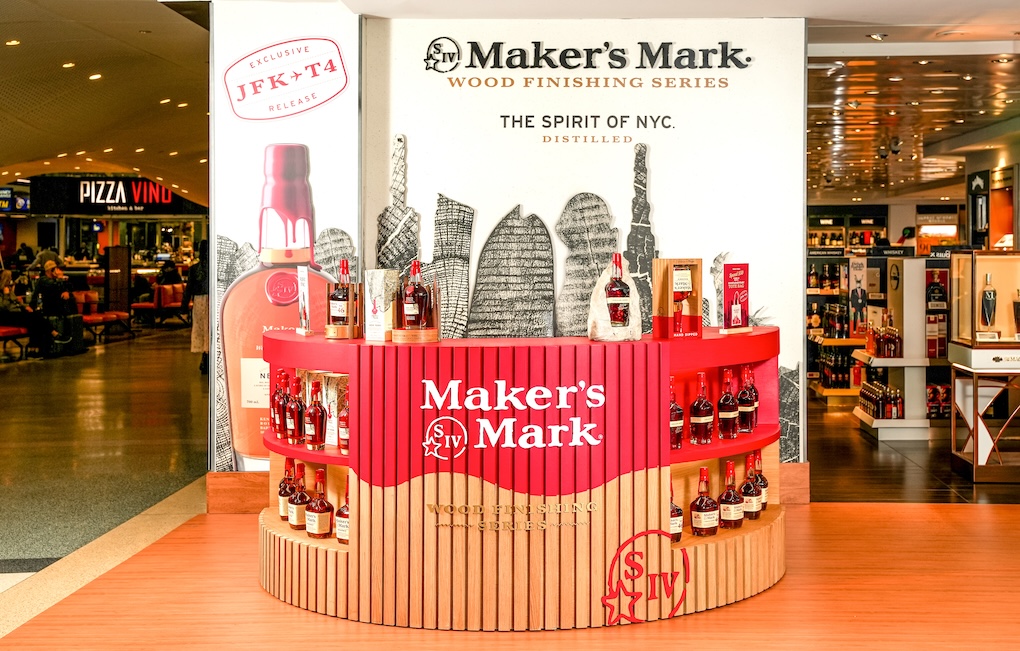

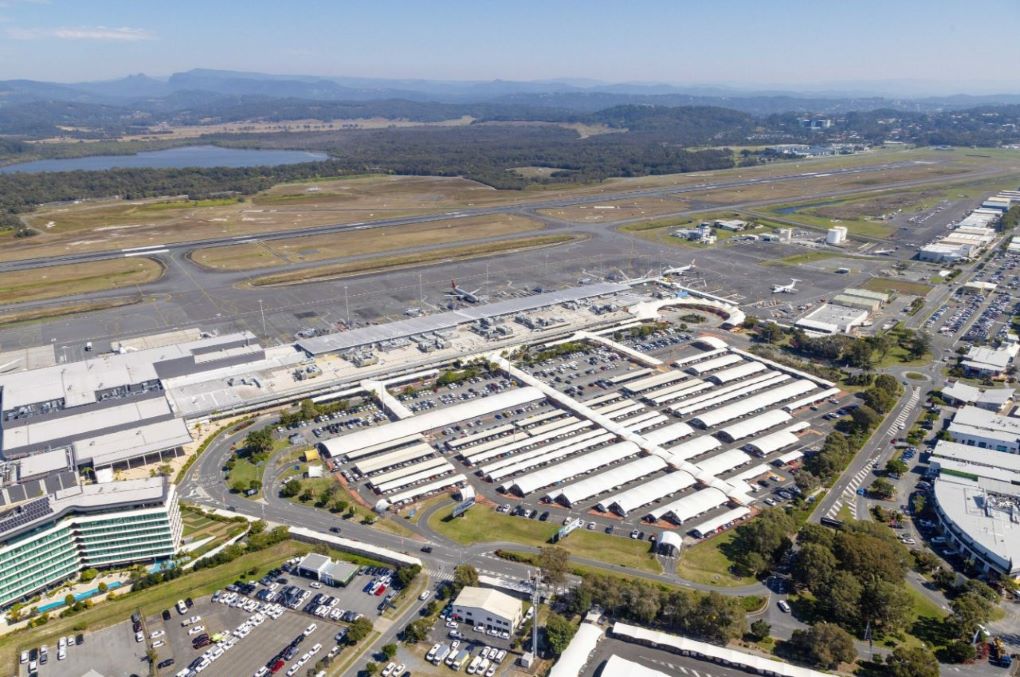















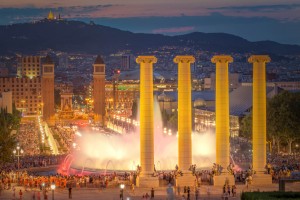
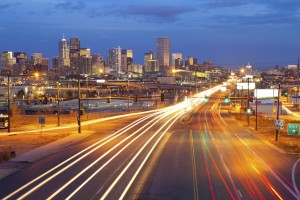


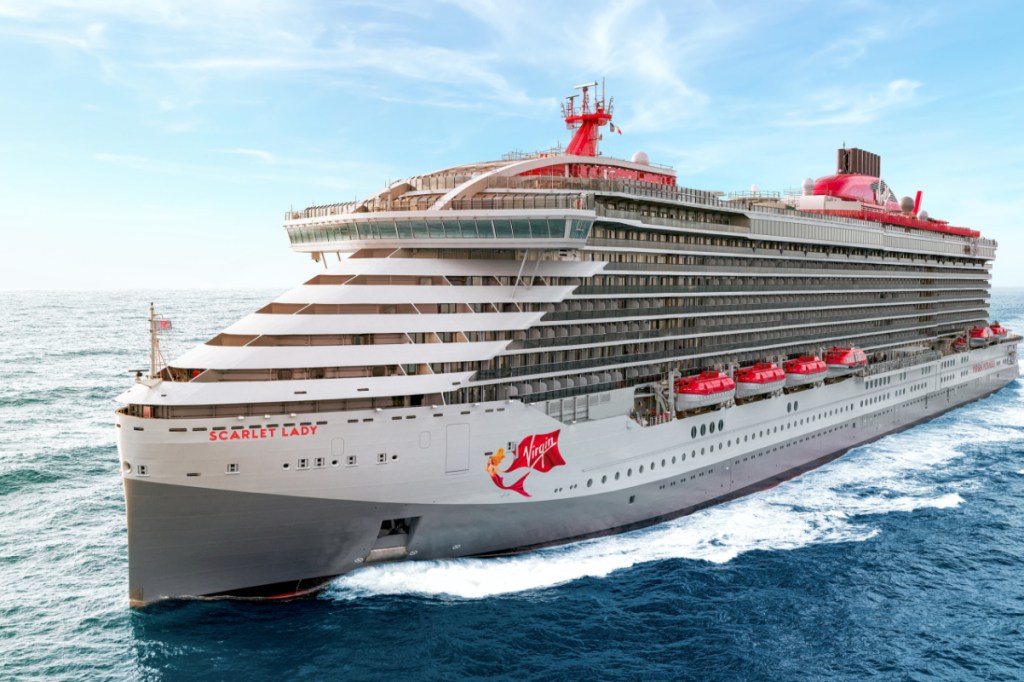


















































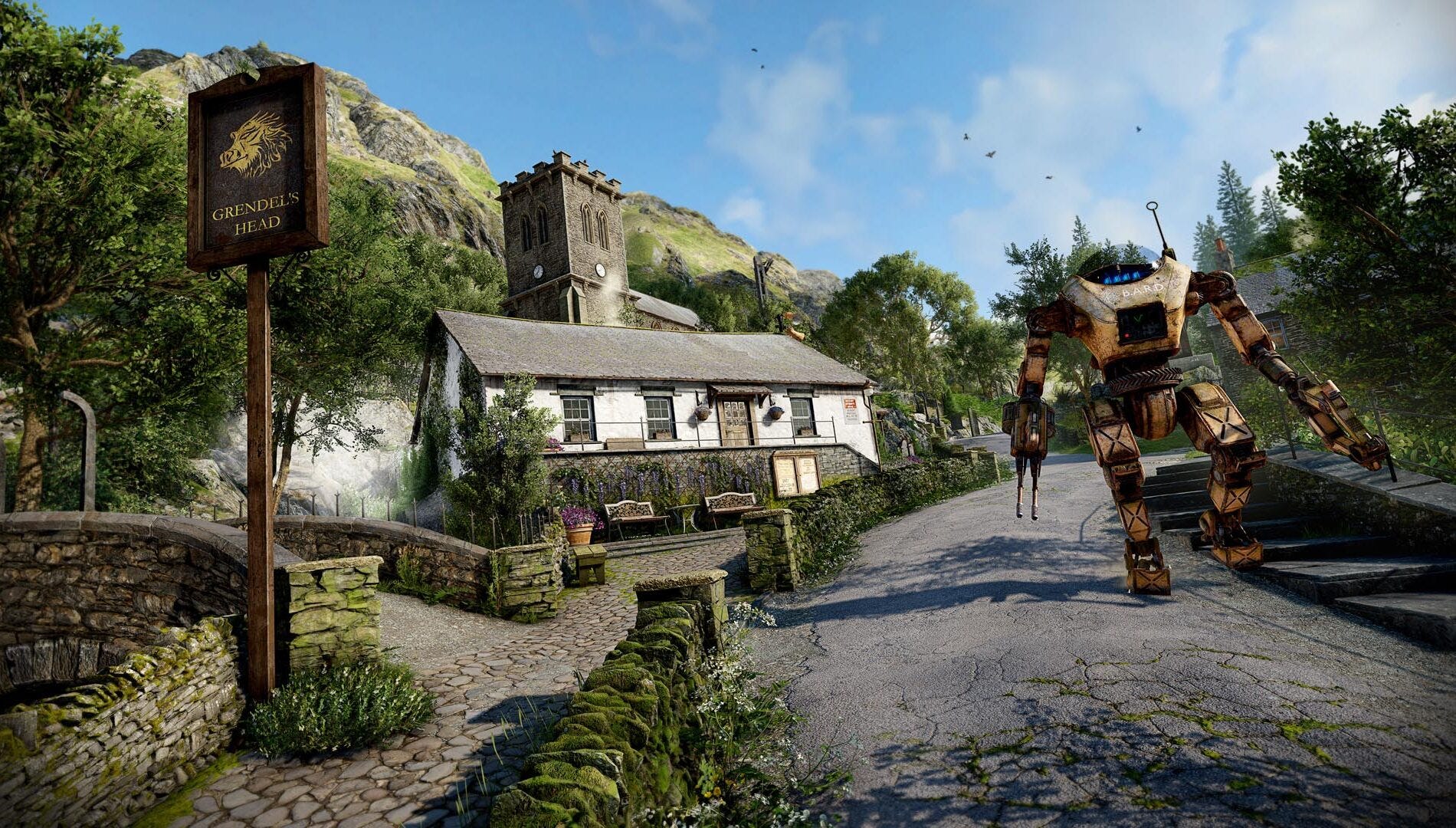



.png?#)








































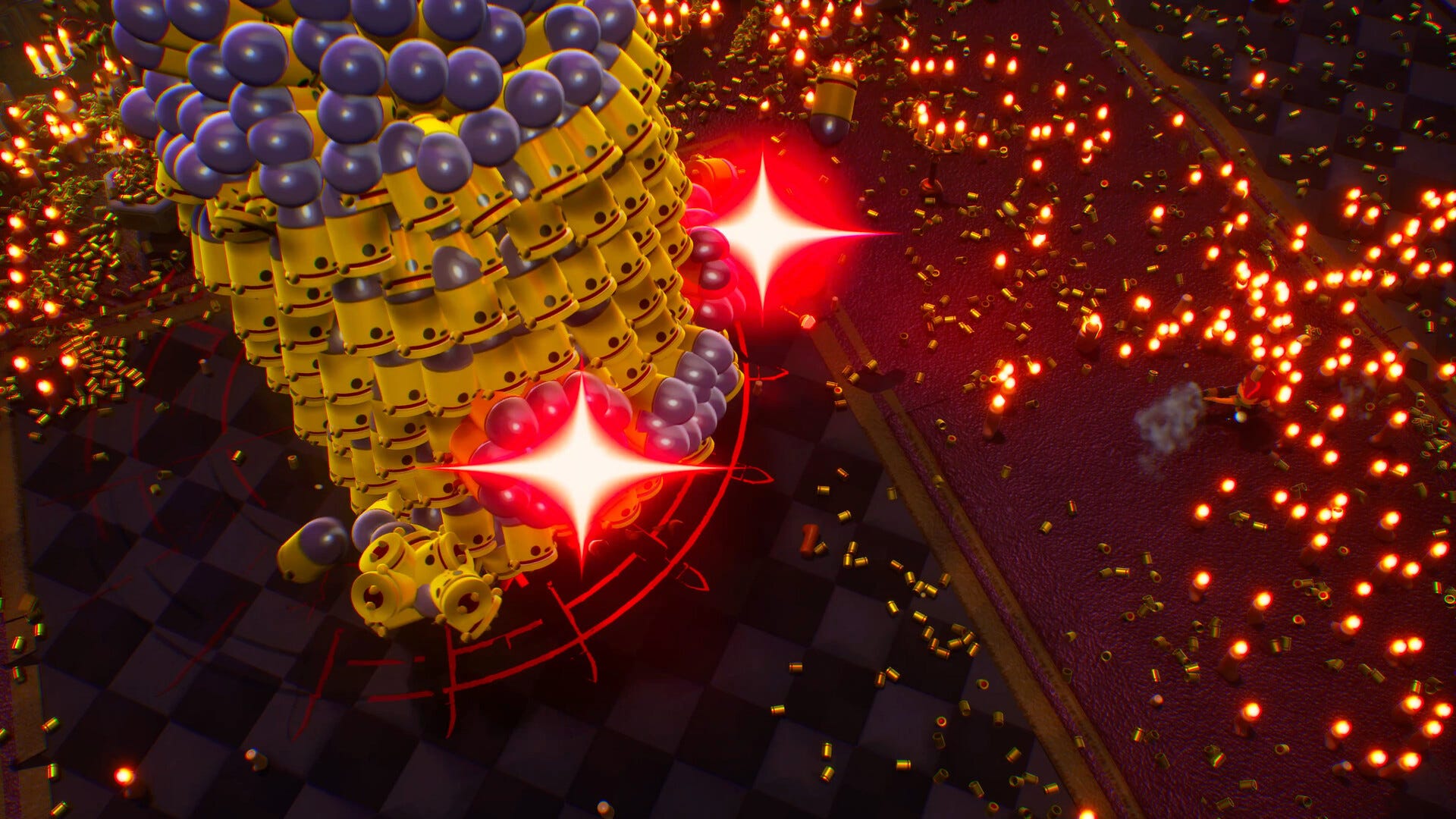



.jpg?width=1920&height=1920&fit=bounds&quality=80&format=jpg&auto=webp#)









